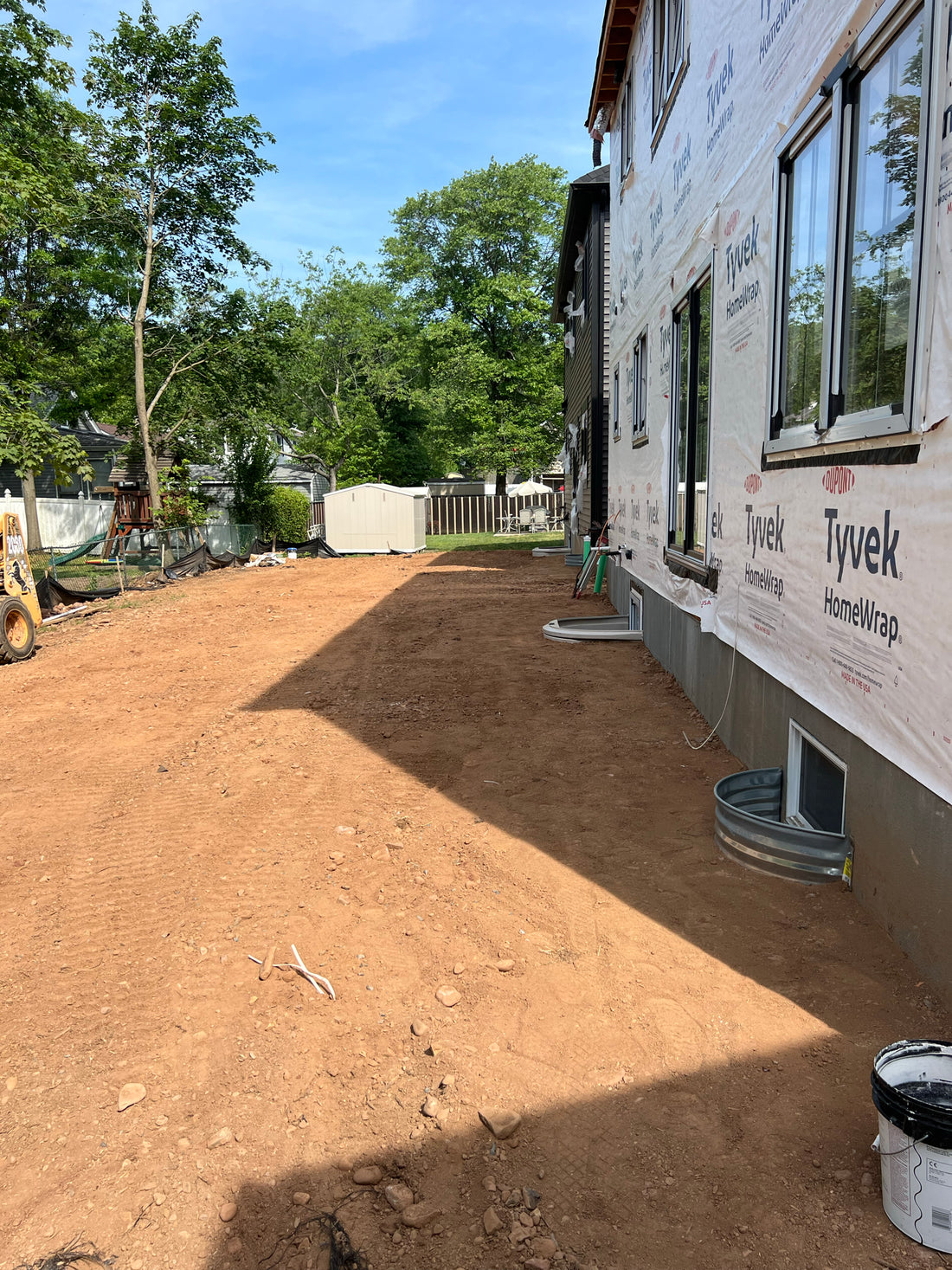
Grading
Share
Grading construction is the process of leveling and shaping the land to prepare a site for building or landscaping. This essential step ensures proper drainage, stability, and suitability for future construction projects.
Key Steps in Grading Construction:
-
Site Assessment: Evaluate the site to understand its topography, soil conditions, and drainage patterns. This assessment helps inform the grading plan and identifies any potential challenges.
-
Design Plan: Develop a detailed grading plan that outlines the desired contours, slopes, and elevations. This plan should consider factors such as drainage, accessibility, and the intended use of the land.
-
Clearing the Site: Remove any vegetation, debris, or existing structures within the grading area to create a clean working environment.
-
Excavation and Filling: Use heavy machinery, such as bulldozers and graders, to move soil and shape the land according to the grading plan. This may involve cutting into high spots, filling low areas, and creating slopes for proper drainage.
-
Compaction: After grading, compact the soil to increase its density and stability. Proper compaction helps prevent settling and provides a solid foundation for future construction.
-
Drainage Considerations: Incorporate drainage solutions, such as swales or ditches, to direct water away from buildings and prevent erosion. Effective grading promotes water runoff and minimizes flooding risks.
-
Final Grading and Inspection: Once the grading is complete, perform a final inspection to ensure that the site meets design specifications and drainage requirements before any construction begins.
